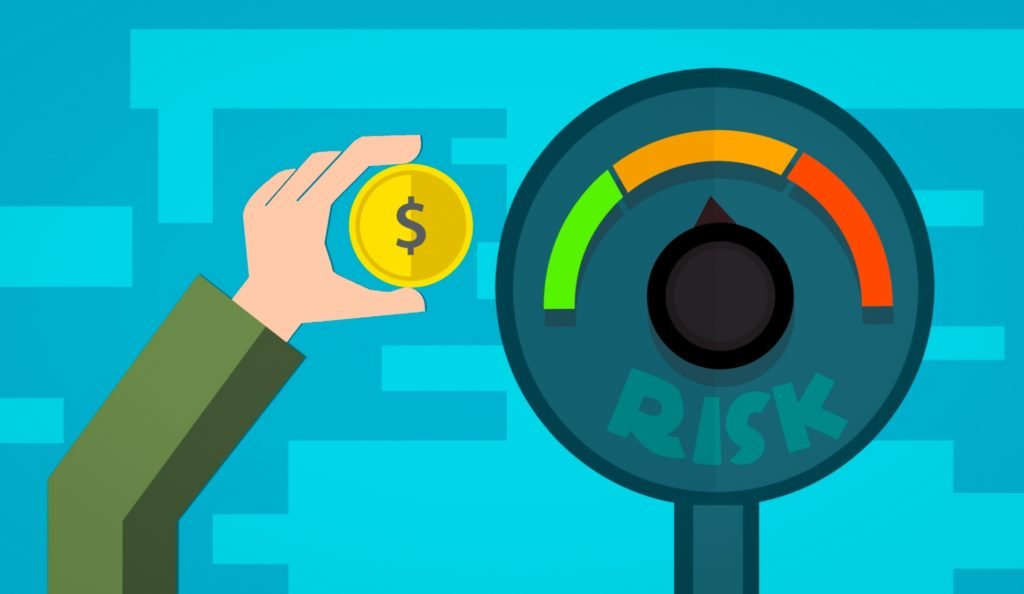Breaking down credit risk
The banking and financial services industries are prone to market fluctuations; this causes various types of risk in day to day operations. There are many variables at play here that might cause the risk. One such type of risk faced by the fiancé and banking sector is known as the credit risk. What exactly is the credit risk?
Credit risk can be understood as the risk of default on loan obligations that might arise when the borrower fails to adhere to the terms and conditions of the loan put forth by the lending party. When the borrower fails to repay the amount, or parts of it within a given time frame it results in credit risk for the counterparty. Let’s dig deeper into the various types of credit risks that exist.
Different Types of Credit Risks
There are multiple ways of categorising the credit risks, mainly it is put under the below-mentioned types of credit risks.
- Default risk: The default risk can be explained as the risk of loss that arises because the debtor is unable to repay the borrowed amount partially or completely with a given period as per the terms and conditions of the agreement. In general cases the period is 90 days, if the borrower fails to repay the amount after this period it is considered as a credit default risk. This type of risk has an impact overall the credit-based financial transactions like loans, derivatives, securities. Credit default risk plays an important role in credit ratings of the borrower to avail loans and credit cards from banking institutions.
- Concentration risk: The name concentration risk is very suggestive of the type of risk it entails. When banks and financial institutions are focused on providing credit to a specific segment or industry they might face high concentration risk. In case of any downtrend in that specific industry, the core operations of the banks might be in danger given the high degree of concentration risk. For example, if a bank or a financial institution decides n lending to the real estate industry, any problems that might arise in the real-estate sector will directly impact the revenue and profitability of the banks.
- Country & Institutional risk: Country risk is associated with the macroeconomic factors in a given country during a given period. This might result from a sudden payment freeze from a foreign country. Political instability can also result in high country risk and impact the performance of banking institutions. Institutional risk can result from a breakdown of the legal structure of the country.
Managing the Credit Risk
Mitigating the credit risks is one of the most important tasks carried out by banks and financial institutions to remain profitable and competitive in the market. Let’s look into some of the most common methods of reducing and mitigating credit risks. Diversification
The simple rule of not putting all your eggs in one basket is applicable everywhere. Credit risks can be mitigating by avoiding concentration to a specific group or industry in the market. Diversifying the portfolio is extremely important to avoid losses due to any specific industry downturns.
Credit insurance & derivatives
Credit insurance is a great way to limit the exposure of any downturn; the lender can easily transfer the risk to a third party in case of default by borrowers. The third parties can bear the risk for a nominal fee which has to be paid by the lender hedging the risk. Credit default swaps are one of the most common types of credit derivatives that protect the interest of the lenders by hedging the risk.
Also Read: What is Credit Risk Underwriting











